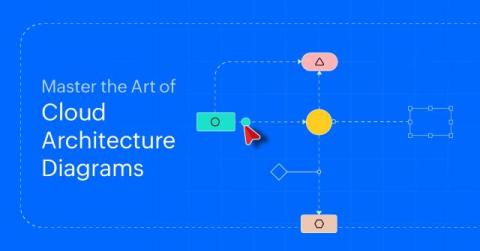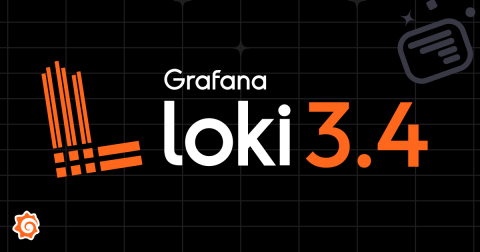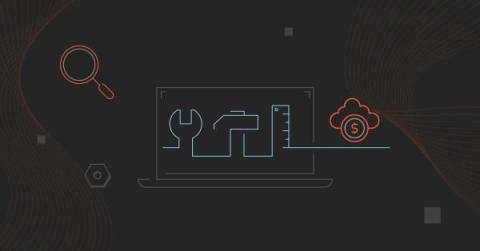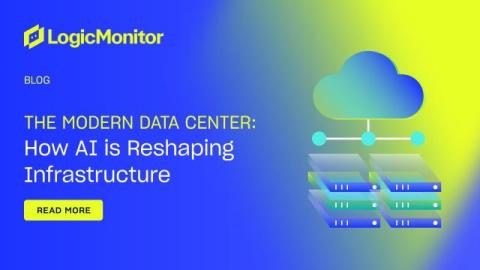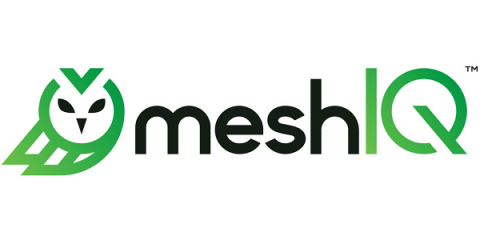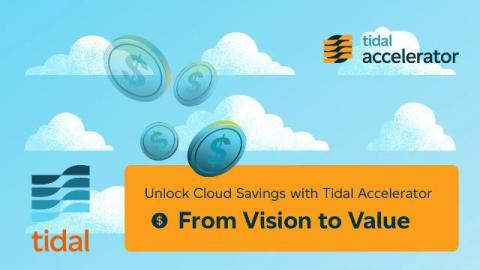Crafting effective cloud architecture diagrams: A comprehensive guide
Cloud architecture diagrams play a crucial role in communication, planning, and execution within the realm of cloud computing. They provide a visual depiction of the infrastructure, highlighting the interconnections between different components and their collaborative functionality. In this guide, we will delve into the five fundamental factors that every cloud architect should consider when crafting a cloud infrastructure.


